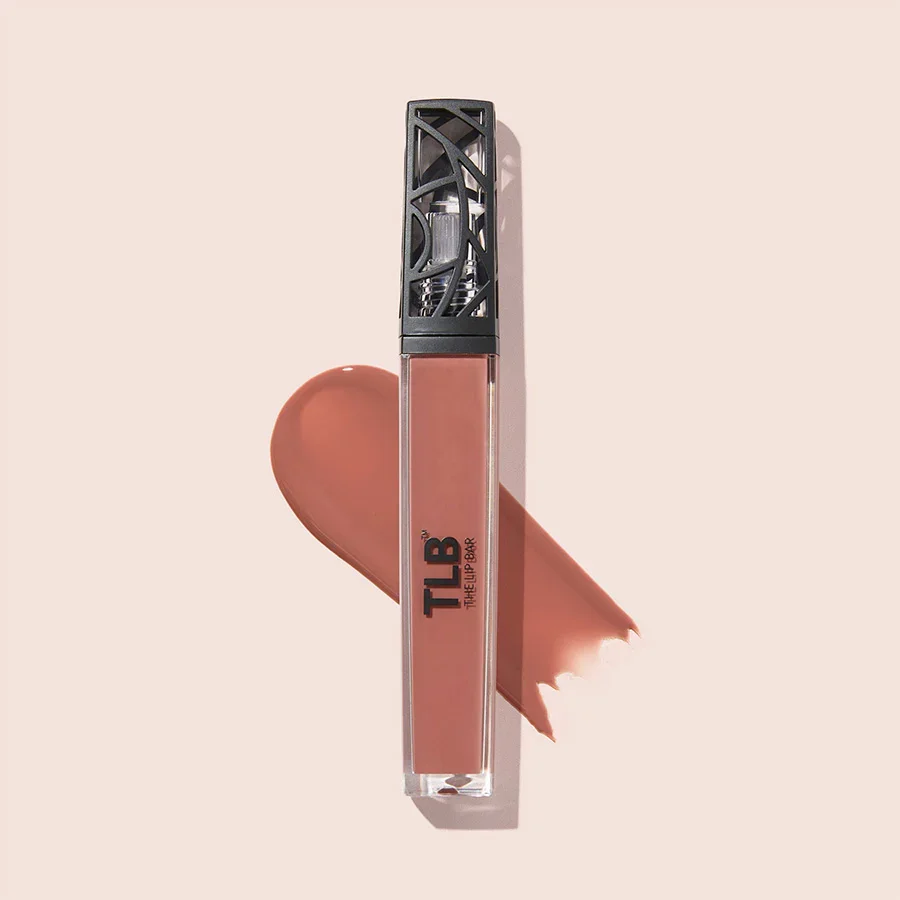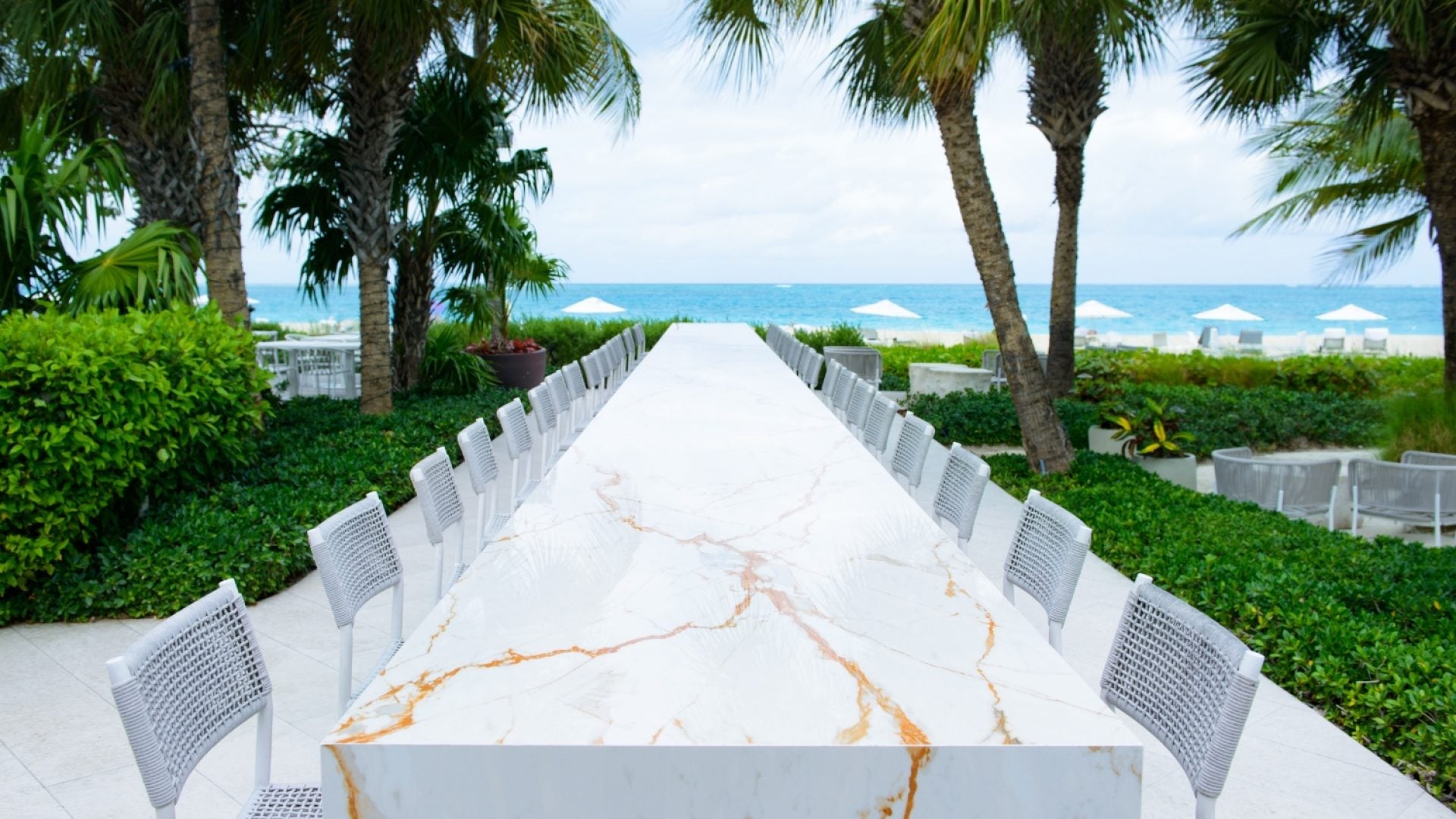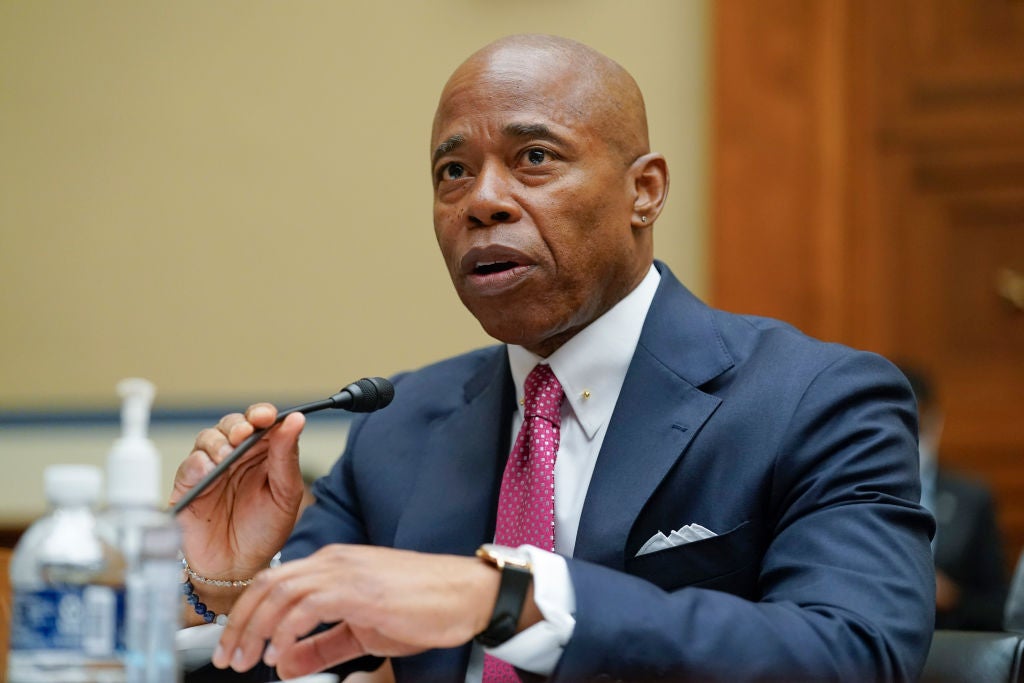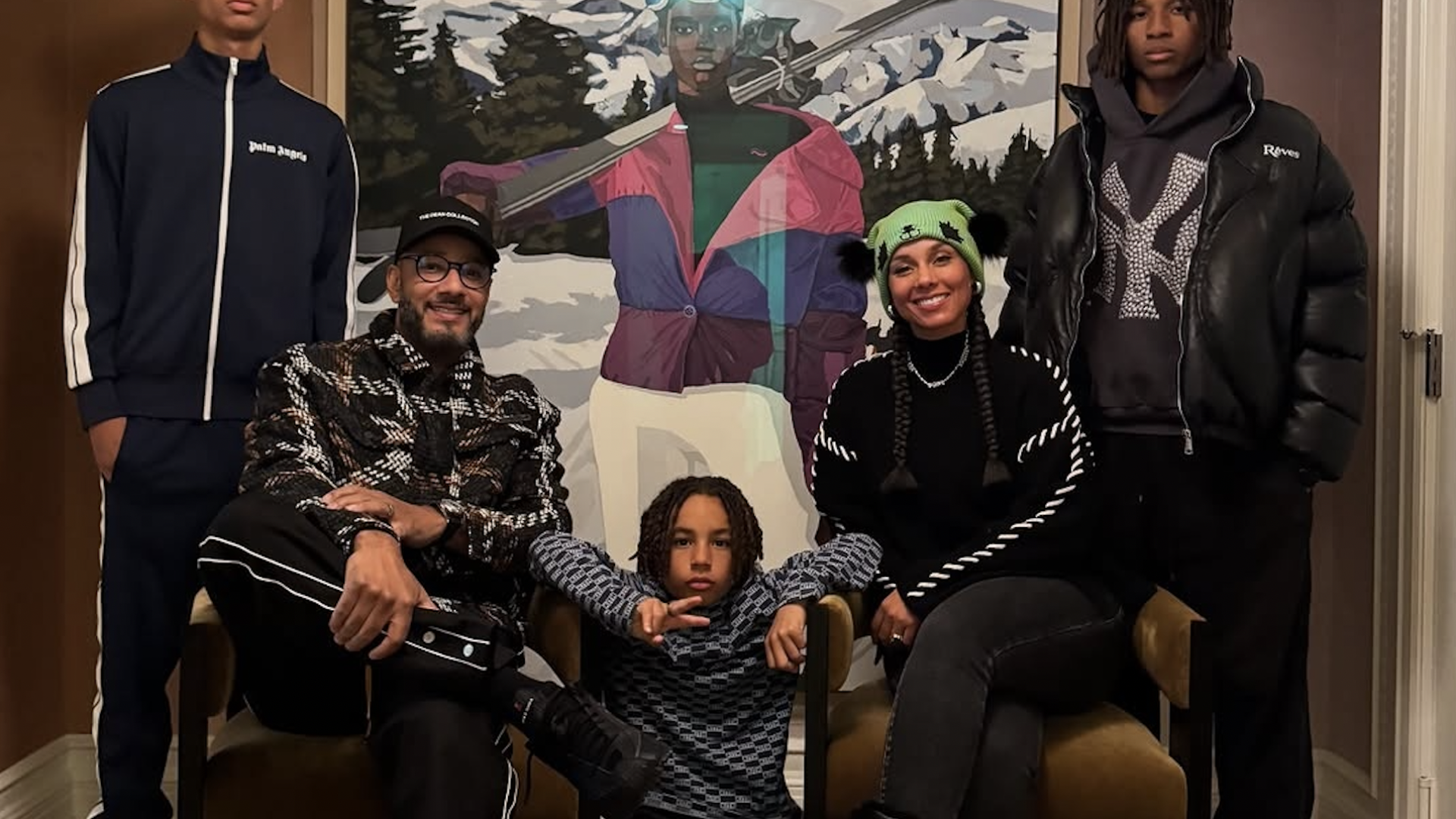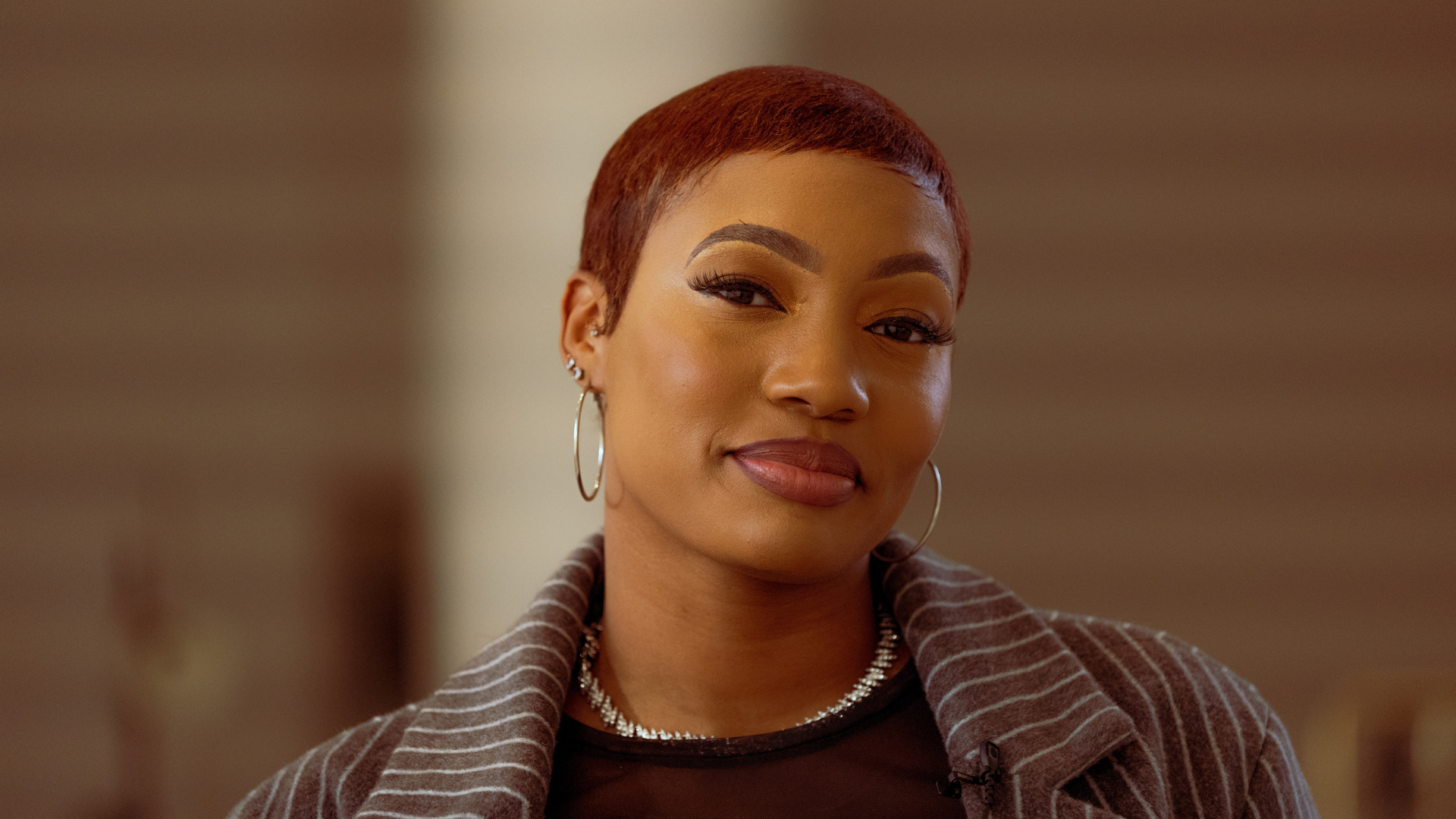
Off The Court: Style of the WNBA is a new series highlighting women in sports and their impact on the global fashion industry.
As women’s basketball continues to ascend in prominence, there’s been an ongoing discussion about how female athletes are becoming our next beauty & fashion influencers. Times have changed since the stringent WNBA Draft dress codes of the early 2000s, with players posing in Sports Illustrated, strutting down runways at New York Fashion Week, and more. From discourse surrounding Dawn Staley’s Louis Vuitton jacket to Angel Reese’s appearance at the 2024 Met Gala, the shift is evident.
With the 28th WNBA season kicking off yesterday, the impact of a league led by Black women (80% women of color, per The New York Times) continues to transcend sports. However, that wouldn’t be possible without the stylists who toil to make athletes’ fashion fantasies come to fruition, such as Amadi Brooks. Hailing from Douglasville, Georgia, Brooks, 28, recalled the limited extended sizing options for tall girls when she was younger. Inclusive retailers were sparse but ultimately, those frustrating shopping experiences later ignited her passion for dressing taller athletes.
While playing Division I basketball at Eastern Kentucky University, the 5’11” forward studied fashion design and merchandising. After taking a career exploration quiz as a sophomore, she finally declared her major, determined to penetrate the untapped market and harness the fashion potential women athletes possess.“I just remember being like, ‘Why are there no brands reaching out?’” Brooks said. “[The players’] outside wasn’t showcasing their true personalities, and they deserve the star treatment.”
Upon earning her master’s in sports administration in 2017, Brooks interned with the Atlanta Hawks, joined the inaugural class of Cari Champion’s “Brown Girls Dream” mentorship program, and worked as a styling assistant for Robin Harris. Harris is a designer, CEO, and founder of Model Atelier, a brand known for specializing in “well-crafted tall womenswear.” The Chicago Sky partnered with the luxury design house in 2017, making them the team’s first official fashion boutique partner.
“My mentor Christine Simmons, who was the president of the Los Angeles Sparks at the time, asked me, ‘So, what do you really want to do?’ That’s when I just started rambling about fashion and the WNBA, but still not piecing together styling,” said Brooks. “I’m just like, ‘There’s a gap!’ That’s when she made the connection with Robin Harris, another Black woman.”
Harris took Brooks to WNBA All-Star Weekend, where she interacted with players, talent, and personalities ahead of the game before they walked the league’s trademark orange carpet. That’s when it finally clicked, said Brooks. In her spare time, she began styling peers but made a leap of faith after some encouragement from her then-boss: Serena Williams.
“She was someone that pours into the people around her, and she would give me opportunities to style some of her campaigns when I had the opportunity,” said Brooks, who served as Williams’ executive assistant. In 2022, Brooks launched “Amadi B. Styling” with the tagline, “When you want to step out, let me step in.” Since becoming a full-time stylist, Brooks has developed an arsenal of high-level athletes on her roster, such as Miami Heat basketball player Bam Adebayo and three members of the back-to-back championship-winning Las Vegas Aces squad: Sydney Colson, Jackie Young, and A’ja Wilson.
“My mantra is look good, feel good, play good. I live by it and I stand by it,” said Brooks. “It’s what my late father always said going into games. It was also my thesis in graduate school, investigating the literal, psychological and physical connection between the two. I think it presents itself in all spaces because I don’t just have clients that are playing on the court; I have clients that are reporting on the sideline or are in the media. I really think clothes give another person a sense of confidence in their performance and how they’re carrying themselves.”
For the first installment of Off The Court: Style Stories of the WNBA, Brooks talked to ESSENCE about her career as a stylist and centering tall women in her work, the importance of Black designers supporting Black talent, and her hopes for fashion in the WNBA.
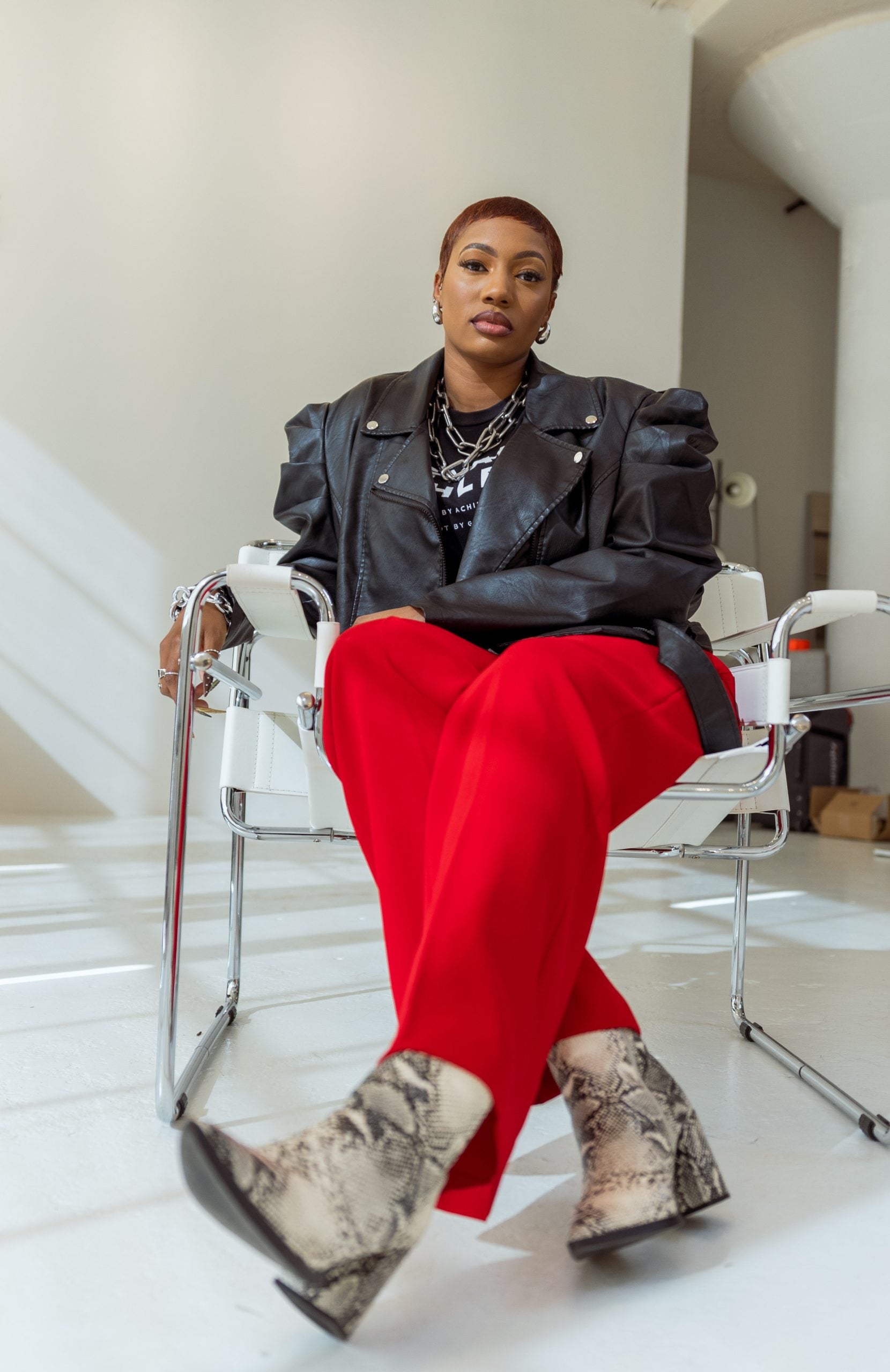
What was one of your earliest fashion memories? When did you have the epiphany that style was something you loved?
The [first] thing that came to my mind was the little outfits I would make for my dolls. I would make little outfits out of socks and little fabric scraps. But I will say my [largest] inspiration was my parents. The way we were brought up, we didn’t have a lot, but you would not be able to tell by how we presented ourselves to the world. We were in Ross, Marshalls, [and] Walmart. But we would dress to impress no matter where you are going. You just carried yourself a certain way when you walked out of the house, and my parents just always just had a sense of style and fashion. My friends [have] always joked around about how fashionable my parents would come to the games; my parents would be in the stands dressed to the nines. I just took that in and carried it over into how I carry myself. I didn’t realize that people considered me fashionable or stylish until late high school going into college. I got asked to do the fashion show, then I was submitted as a candidate for best dressed on campus.
Tell me about your working relationship with powerhouse A’ja Wilson, and how you would describe her style. I see that she plays with a wide range of different textures, colors, and fabrics—and she’s a style icon in her own right, coining the single leg sleeve look on the court.
I love working with A’ja. She’s just a great person inside and out, on and off the court. A’ja is a dream client, and I give that to God. I love that she trusts me and we are able to create. A’ja has her own sense of self and she knows what she wants, but I [also] think our visions align. I love getting her input and we’ll switch it up — it’s very much a discussion, as the styling process should be with stylist and client. We can go very hyper femme, but we can also take it take it very sporty, or do a baggy look. We can also dress down a dress with some sneakers, but then in that same week, we might be dressing in some heels laced up all the way to the knee. A’ja’s 6’4” so it’s definitely been one of my most challenging [experiences] creatively, but also one of my most rewarding stylist-client experiences.
I feel like the term that gets thrown around a lot when I do have to describe her style is “sporty-chic.” [Her style] is feminine and she loves a nod to [the] 1999s and the 2000s. You can see that when we do a True Religion look or when we have her in a jersey dress. The words I would use are: feminine, sporty-chic, and unique to her. It’s a balance because she does keep it, for the most part, very straightforward. The stories are told within the details and the moments. On the court, her game speaks for itself; when she does open her mouth and has something to say, it’s very straightforward and you’re gonna hear her. I think it’s the same with her style. We can switch it up and there’s just no explanation to it. It’s how she is and each aesthetic that we play in still matches her.
In what ways does dressing A’ja for gameday require a different approach than styling her for press tours, namely for her New York Times best-selling novel “Dear Black Girls?”
So, tunnel [looks] and book tour [require] different approaches. The goal is stay true to A’ja and that’s something I pride myself on as a stylist with my clients. Gameday is so important to an athlete and their preparation, and I don’t want to hinder that in any way. It was a little different because we knew this was coming, so there was a lot of planning leading up to book tour and a lot of intentionality in our styling, like including Black designers and highlighting smaller brands. But we knew that with this book tour, it was going to be showing another side of A’ja, and I wanted that to reflect in the clothing. From working with designers like Sergio Hudson and doing custom pieces throughout [the press tour], keeping her in Back designers throughout, and having a Black seamstress, it was just very intentional all the way around. We wanted to make it fun and we wanted these more elevated business casual looks that we haven’t seen her in, but we’re like, “How can we still make these very much A’ja?” That’s where you see the one-sleeve, one-leg custom suit from Minh N. Le. That’s when you get crop top moments with a blazer. It’s still very much A’ja, but taking it up to another level to show the New York Times bestselling author side.
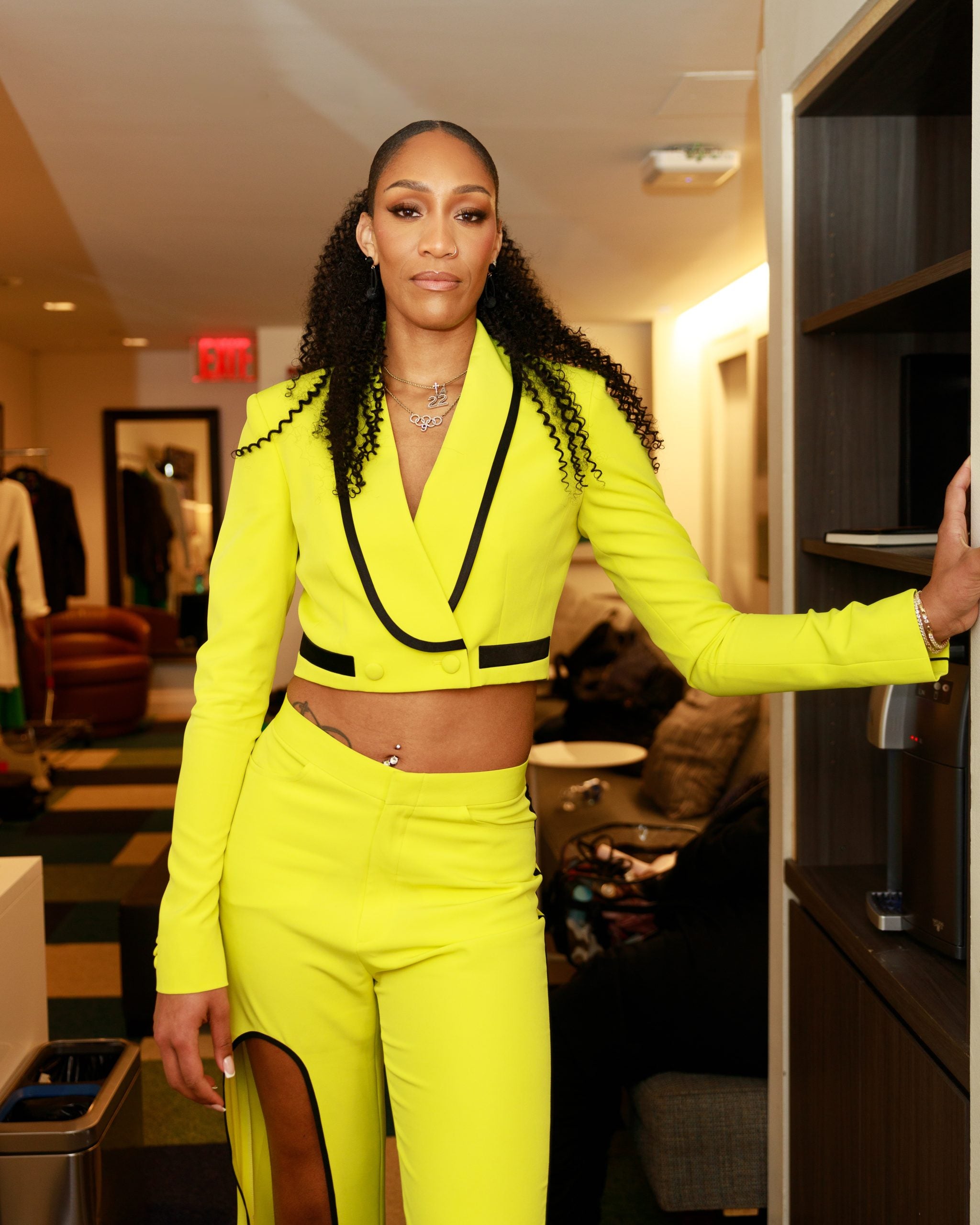
Speaking of multi-faceted, entrepreneurial Black women, can you share some of the most valuable lessons you learned working for the GOAT, Serena Williams?
That was an unforgettable experience, an experience that I’m super blessed and grateful to have had. I learned so so much from that experience and from her as an individual, both professionally and personally. To see the grind and the hard work that goes into being the greatest of all time, up close and personal, how can you not be motivated and learn from that? One of the biggest things I think I learned from her was never take no for an answer. Make it happen. She’s a testament to that. I just hope that I can take that into my career and allow it to help me grow. It also was refreshing and such a great opportunity to have somebody believe in me, believe in a dream that I thought I could only do on the side. I think I started with her when I was around 23 years old, and don’t even think at that time I knew I wanted to be a stylist.
For her to hear me and allow me to be a part of the process — from her personal clothing brand S by Serena to her campaigns, partnerships, a Fast Company magazine cover, and more—it’s impactful. I could probably get emotional talking about the impact that she’s had on me and what it meant for her to take a chance on me in a world where it’s not a lot of people who look like us. But I think that’s what it takes; again, it goes back to the Black designers. It’s like if we have the door and we can open it, prop your foot in front of that door and keep it open. Bring ‘em all in! It all stems from a Black women being like, “I believe in you and what you want to do. How can I help you?” Cari [Champion] was also ultimately the reference that I got for the Serena position. Throughout my career, I can attribute a lot of it to Black women and Black people being open to taking a chance or wanting to share insight.
Let’s talk about the relationship between Black designers and WNBA talent. At the 2023 WNBA Draft, we saw Haley Jones wearing Sergio Hudson—then 2023 No. 1 draft pick Aliyah Boston wore Hanifa for her Good Morning America appearance the following day. Could you tell me more about how Black brands have sustained your work, and why the elevation of those collaborations is so special?
It’s so special. I haven’t had a chance to style my clients in Hanifa, but I’ve been in contact with them and they’re so open to supporting. Robin Harris also comes through with Model Atelier when she can. Last year, I also styled Allisha Gray for All-Star Weekend last year, and that’s such a cool full-circle moment for me because we grew up playing AAU Basketball together. When she got traded to Atlanta, she reached out and that was our first time really reconnecting since we were 12 years old. To see her her growth, her game then also to be open to trust me, it’s just been such a full circle moment. I styled her in a lime green ensemble from a Black suit designer, Teaira Blount of TBCollection, who also has good stuff for tall women.
I just think that it’s huge that Black designers are so supportive and want to collaborate because as a Black designer, you know the gap that there is and how under-appreciated this market that is full of Black women is. As Black people, we know the power of our influence culturally, whether it be fashion, music, or sports. That’s what the difference is: they realize the opportunities, they see it and they appreciate it. [As] I said before, it takes those designers like Hanifa and Sergio Hudson to take those chances on those big stages for other people to take notice. It’s how we do. We support each other and bring each other up.
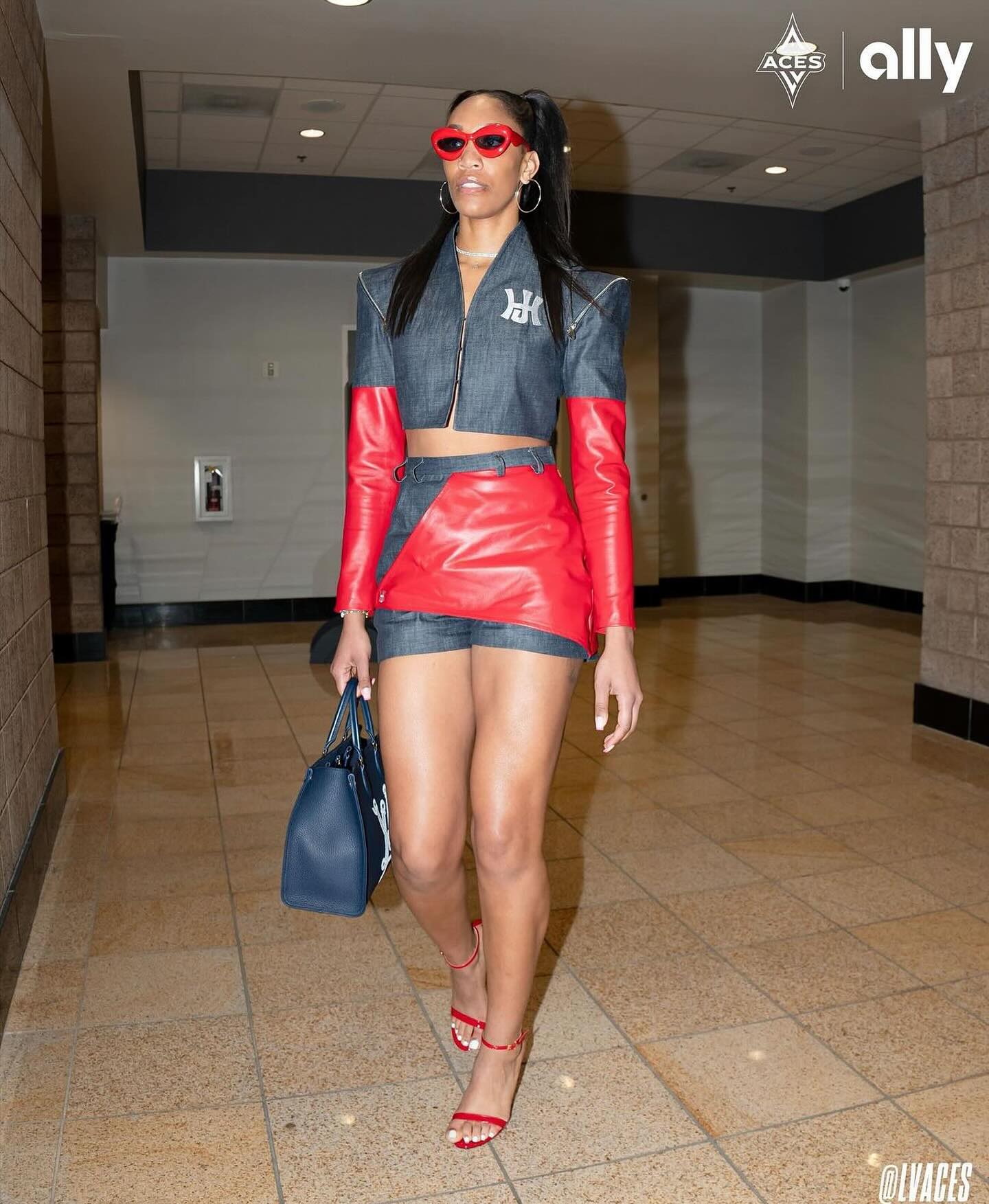
You also dress seasoned WNBA veteran and “face of the league” Sydney Colson, who was drafted 7 years before A’ja. Apart from being the resident team comedian, Colson is also a queer Black woman who experiments with femme fashion as well as more masculine, or more “stemme” as she’d say, looks. As a a stylist, how do you vacillate between the two, and converge your vision with the needs of talent to ensure they feel comfortable and affirmed in their clothes?
It’s something that I personally do myself. You never know how I will show up. I can be in all men’s clothing one day, then the next day, I’m in a skirt and crop top. I think I understand the fluidity of your mind and how fashion works so that you don’t have to be boxed in. It helps when I do have clients that are open to not being boxed in. I also love to get to know my clients, to know who they are and how they see themselves. Because while you can dress according to trends and what’s hot and new, if it doesn’t match the client’s personality, it’s going to show.
You have to [pay] special attention when working with athletes, especially for these tunnel looks because you want them to feel as comfortable as they can feel in their element as possible. A tunnel look is a picture—and maybe a five-second clip that we’re getting—then they’re getting into their uniform, and they’re prepping for a game. I never want an athlete to be self-conscious about what they have on in that moment. It’s very crucial to me to know that the outfit they’re in still represents them, and still feels comfortable, and I do want to push them out of their box while keeping it true to them. You can always tell when an outfit is wearing somebody, and somebody’s not wearing that outfit. It shows in the way they walk, in the way they’re carrying themselves. I think being able to know them personally helps you to dive into these different aesthetics and jump from masc to femme to androgynous to a mixture of the two.
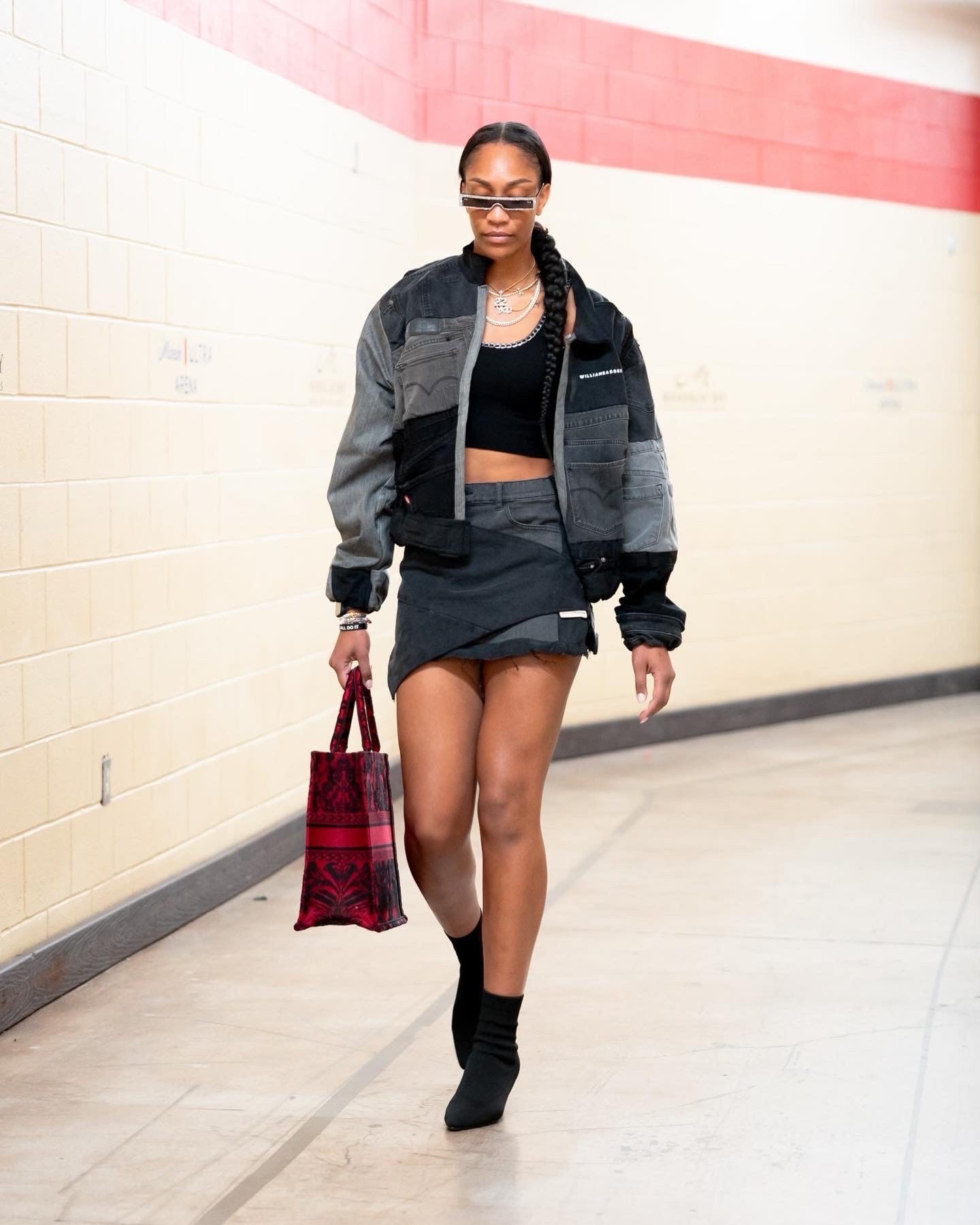
What are some go-to brands you frequent that you believe are tall-girl friendly for the everyday consumer to tap into?
There’s a few tall girl-friendly brands, specifically for tall girls. I love to shout out Jesse Queen The Collection, Prissy Duck, and Nineth Closet. One that I found is ÖFUURË They’re more traditional African fashion and although they’re not specifically for tall girls, their pants are super tall. They dressed me and Syd [Colson] for the White House visit last year, and their pants drag on me. Even if traditional African cloth is not your aesthetic, they do have certain collections that are comprised of solids, sequins, etc. I will say a lot of the Black-owned tall girl brands are super supportive. Even if I didn’t name-drop them, I’ve used them or I’ve communicated with them all.
Then you can’t forget the shoe brands! Because a lot of people don’t think about that. Most brands and styles go up to size 11 at the most, but my clients are size 13 or 14. Recently, the brand I’ve been utilizing a lot is NYAS, Not Your Average Size. The designer Ashley Hamilton is great, and she’s pulled through a couple of looks for A’ja. I love Smash Shoes, and Lonia Shoes as well. [The designer behind Lonia] is Atlanta-based, and I’ve met her in person, going to the warehouse to pull something really fast. That’s what I do love is there is a community of people in the tall girl space who are just trying to help, connect, and make it easier for everyone because we know the struggle. Then, you have your fast fashion brands like ASOS.
While the criticisms of fast fashion are warranted, data shows that fast fashion brands are admittedly surpassing sustainable or eco-friendly retailers with more robust plus-size offerings. It was evident in Megan Thee Stallion’s collaboration with Fashion Nova, and her recalling what it was like shopping as a curvy and tall girl growing up. Albeit unfortunate, it seems like they’re the only brands speaking to us tall women directly. Do you agree?
Right, and they’re making it trendy, too. Sometimes, you find with smaller businesses, the designs or pieces are limited. When you are able to shop bigger fast fashion retailers, then you get some of the trendy, modern pieces that are size-inclusive. You don’t want your client to feel like they can’t wear what’s hot or what’s new because of their size. I know the debate about fast fashion, especially as a stylist, but they’re often the go-to. PrettyLittleThing Tall and Fashion Nova Tall are more for our 5’11” or 6’0” women as opposed to our athletes above 6’2”.
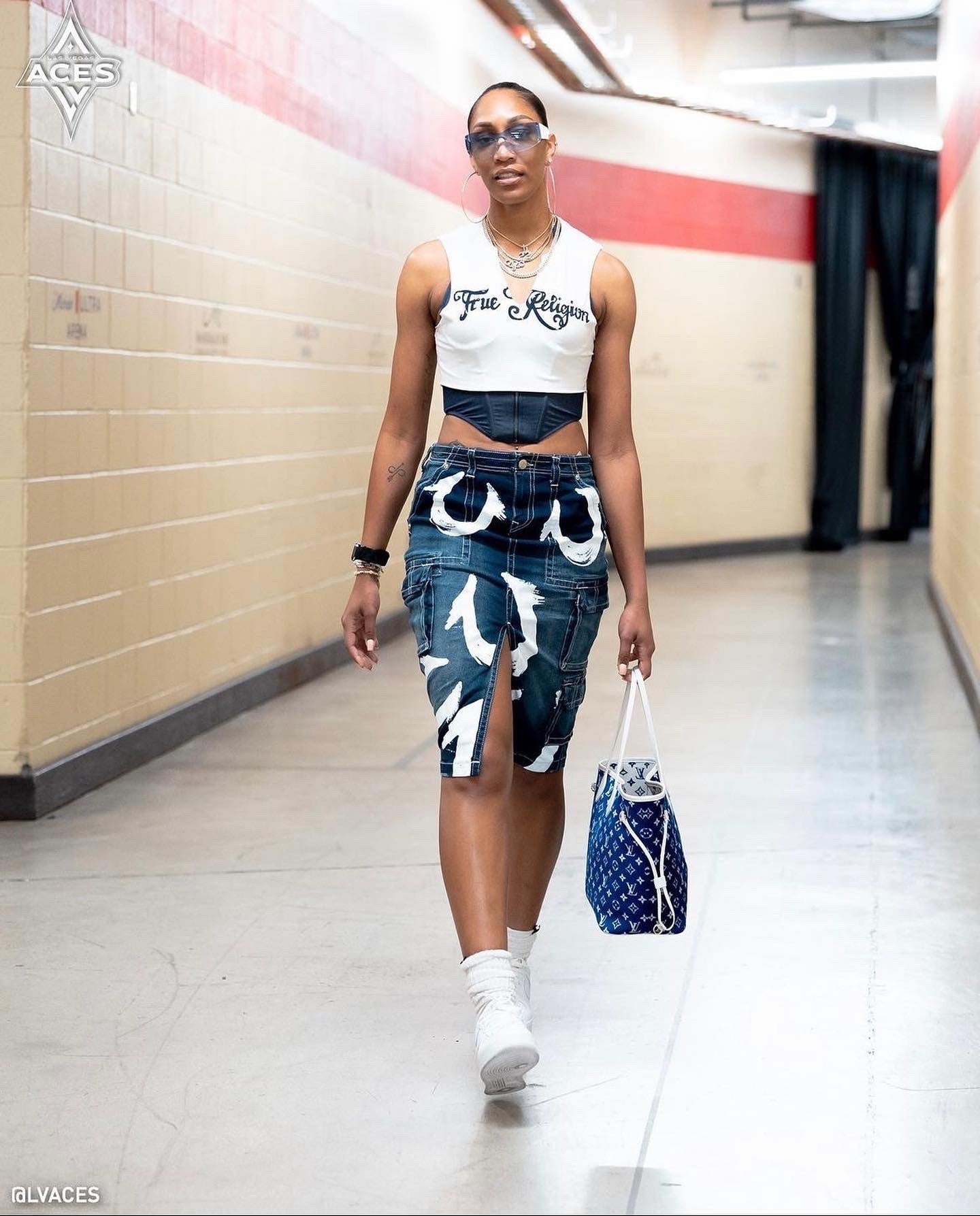
How does it make you feel to see people finally connecting the dots between the WNBA and fashion, and what do you hope to see this forthcoming season?
I think it’s one of those things where you just have to be happy that there’s growth. You can be frustrated like, “We’ve been telling y’all! We’ve been reaching out!” I think you just gotta be happy [that] there’s growth, so moving forward, they will be tapping in—and it won’t always be you reaching out, explaining, or trying to prove how great of a person this athlete is on and off the court and the influence that their brand has. I love that it’s getting highlighted more. Prada dressing Caitlin Clark as the No.1 2024 WNBA Draft pick is huge. That’s what we want. I love and appreciate our tall girl fashion community because they are the ones who are willing [to] loan and collaborate with us to get our clients in these pieces because they see the influence in it.
It’s huge to know that the influence is getting to the bigger brands that are also wanting a piece. I’m looking forward to the season because I think it’s becoming more widespread. The tunnel fit itself has been catching fire over the years, especially on the men’s side. But on the women’s side, I think within the last two years or so, that’s when it’s picked up in this year. This year, the girls are coming. They’re working with stylists and some aren’t working with stylists, but just have their own sense of style. They’re feeling comfortable enough to exhibit that through their tunnel looks. It’s cool to see because there’s so many different personalities and aesthetics within the WNBA; it’s your chance to get to see these players personalities and another way to connect with them by knowing, “Oh, this is what they wear, how they like to dress and this is where they shop.” Unless you are like having feature stories written about them, you don’t get to know them or their personalities off the court—and I think fashion is a great way to express that.
What is one of the most memorable look that you’ve ever styled, and why?
One of the first that [came] to mind for me was A’ja’s 2023 All-Star Game tunnel look. I have been waiting to tell that story. I love being able to tell a story through fashion when we have such moments. I love the details and I love for clothing to have a backstory, context, and significance. If you know A’ja or follow her story, you know the importance of pearls to her. [Wilson is a member of Alpha Kappa Alpha Sorority, Inc., and her late grandmother, Hattie Rakes, first gifted A’ja pearls at the age of 10 or 11.]
For her to be team captain, it being our first year working together and coming off of winning the WNBA Championship, I just thought this was the perfect time to pay homage to her grandmother and story. Of course, things like full pearl jeans that are touching the floor are custom-made. I worked with a designer—1 of 1’s By Jolie based out of Tennessee, I believe—and I did a pull for the tops, like the jacket and the pearl bralette, from a local boutique in LA. Now, here’s the story, though: those jeans came in a few hours before the game.
Something happened in the design process where they had to start from scratch. I was like, “Oh, this is too tight, but okay, let’s do it.” It was like all the factors throughout leading up just kept getting delayed. I had a backup in mind, but this was the look. The pants came in [the] day of. A’ja was doing back-to-back appearances because that’s what you do as one of the captains and a host. I basically had everything ready and I’m like, “Wherever she will be, I will meet her. This is what we’re at.” The pants went to the hotel’s packaging office, and I had to make sure that they would let me pick them up because my name wasn’t officially on a room. It was a whole process. So, me and the seamstress, Vegas-based tailor Ashya Shanell gets the pants and rushes to the arena to meet A’ja. We’re getting dressed in a side office; we didn’t have any time for alterations and Ashya was quite literally sewing her into her pants. But it worked.
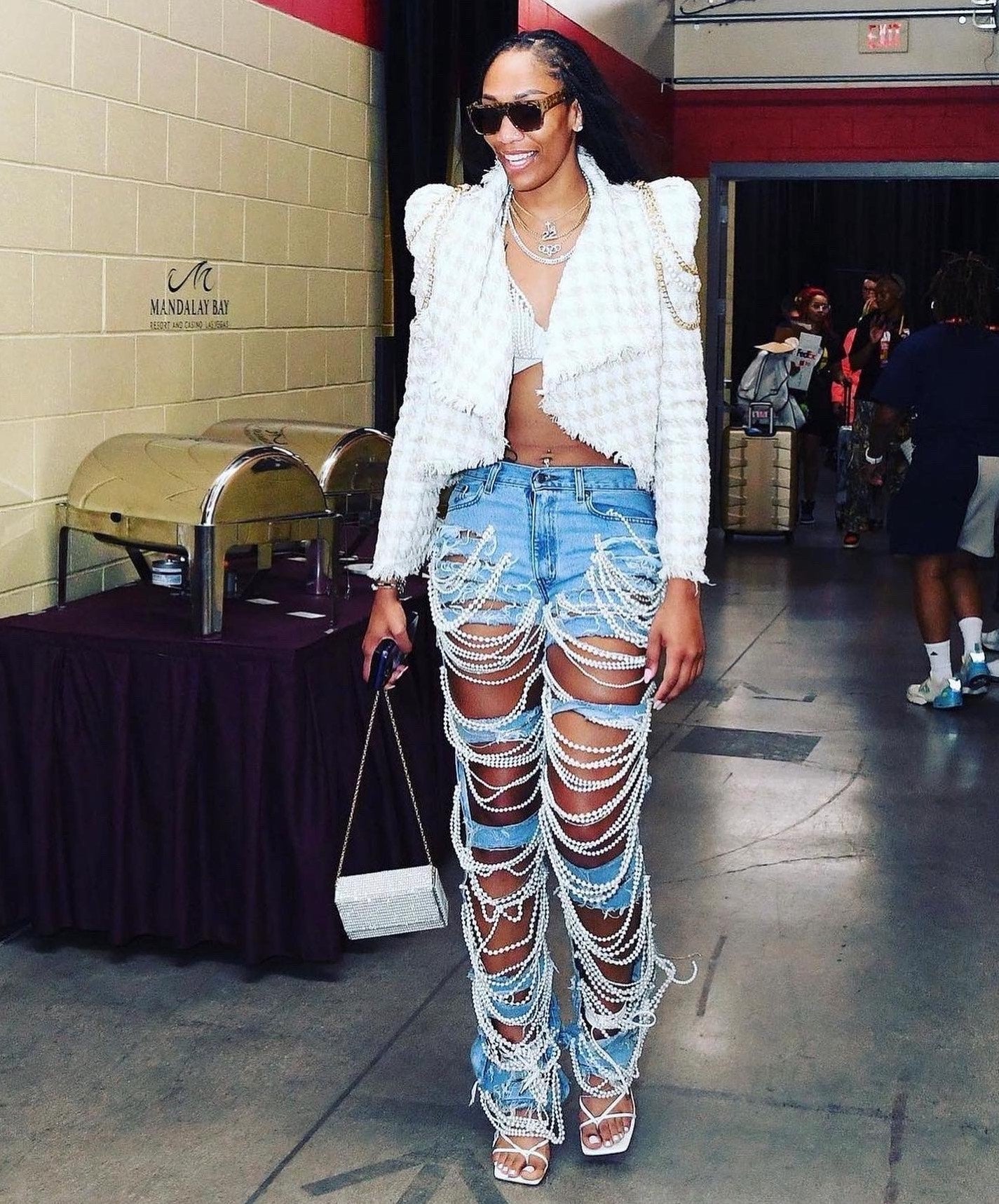
That must have been so nerve-wracking. It makes me wonder, how do you as an Atlanta-based stylist navigate logistics during the season while The Aces are playing in Las Vegas and all over the country?
I do kind of like switch between the two [cities] because I also have a client on the Atlanta Dream, Autumn Johnson who’s a sideline reporter for the Atlanta Dream. Last season, I was also working with sports analyst LaChina Robinson who is basically wherever the games are. It was just a back-and-forth. What it looked like for me was having fittings before [the] season and getting as many looks as possible that we can connect on. I bring options, we curate the side and we just line those up. In between, there’s some virtual styling that happens where I’m either curating a line, sending moodboards, and shipping out until I can see you in person again.
For All-Star, with them coming in off the road, I’m coming with the options and we will do a fitting at some point before the weekend gets going. Last year, I [was] stationed in Vegas, and I was just running from hotel to hotel. I had garment bags and relayed what the looks [would] be to them prior to, but sometimes, you’ve got to have options that they might not know about that I just have on deck to be ready to go. What that looked like for me last season was finding out everybody’s hotel, getting my name on the room, dropping a garment bag in the room for the client, and labeling it for respective appearances. It’s a learning curve as you go, but what I find the most effective is locking in as many looks as you can at the fitting so that they don’t have to worry about it throughout the season. Then mid-season, there’s another there’s another fitting at some point.
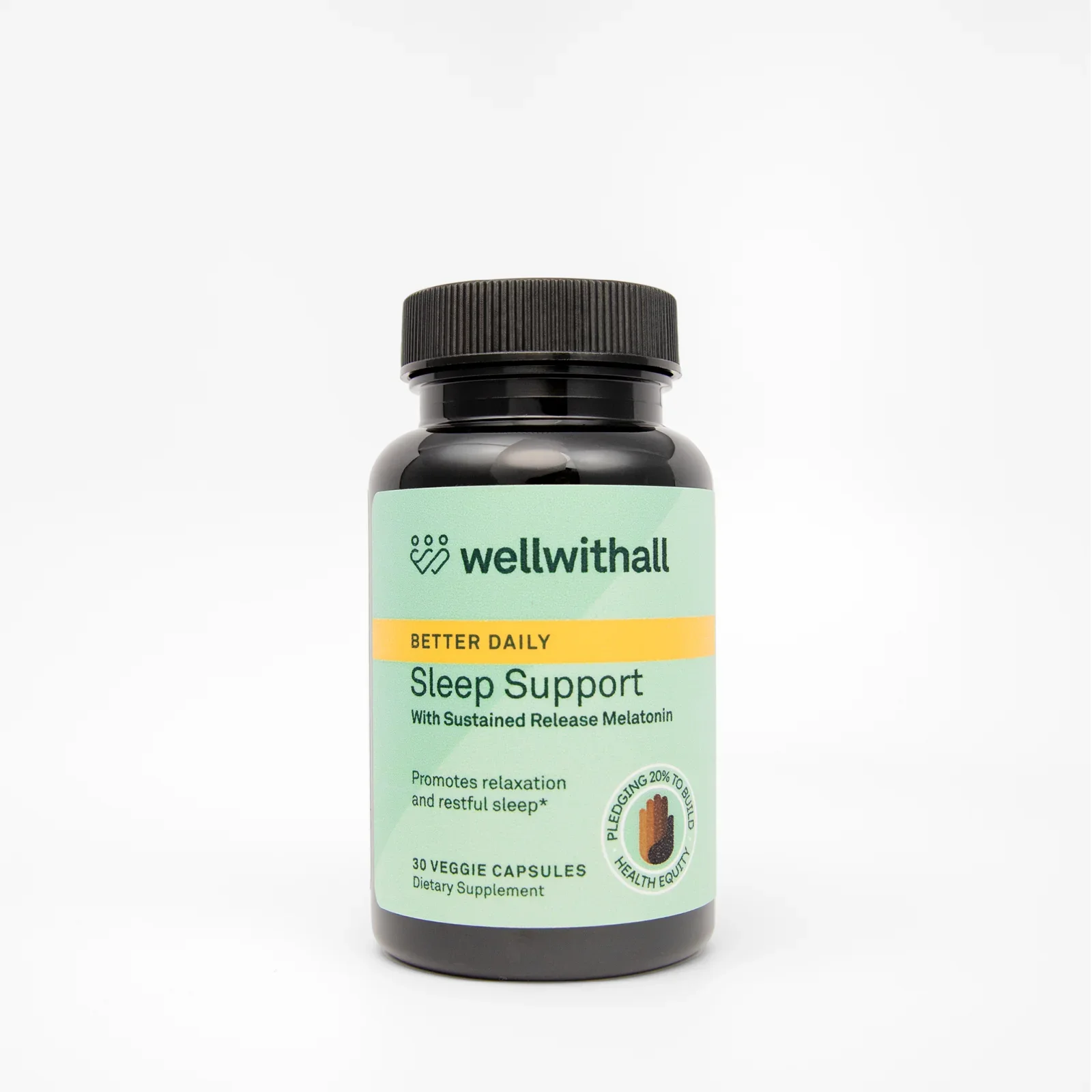
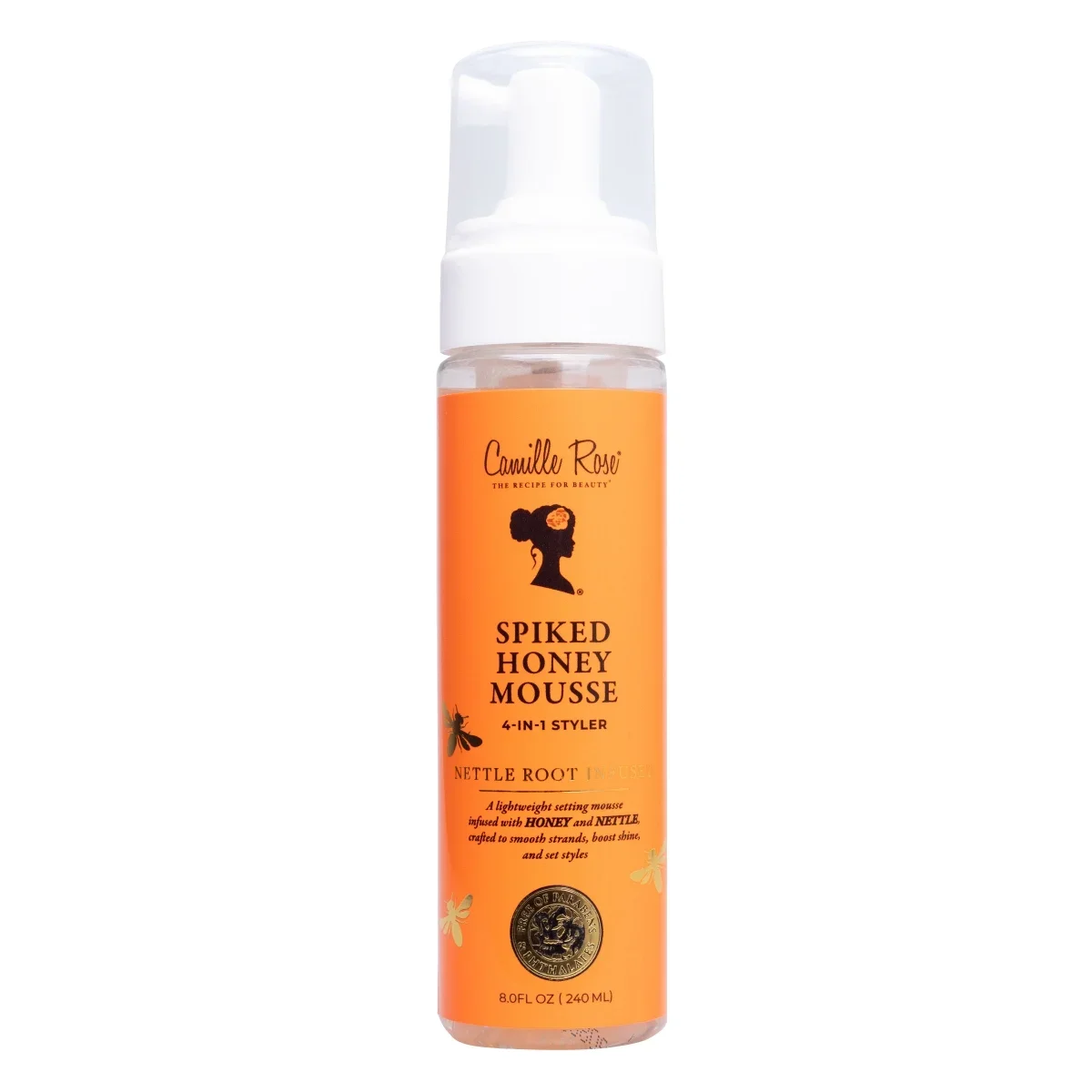
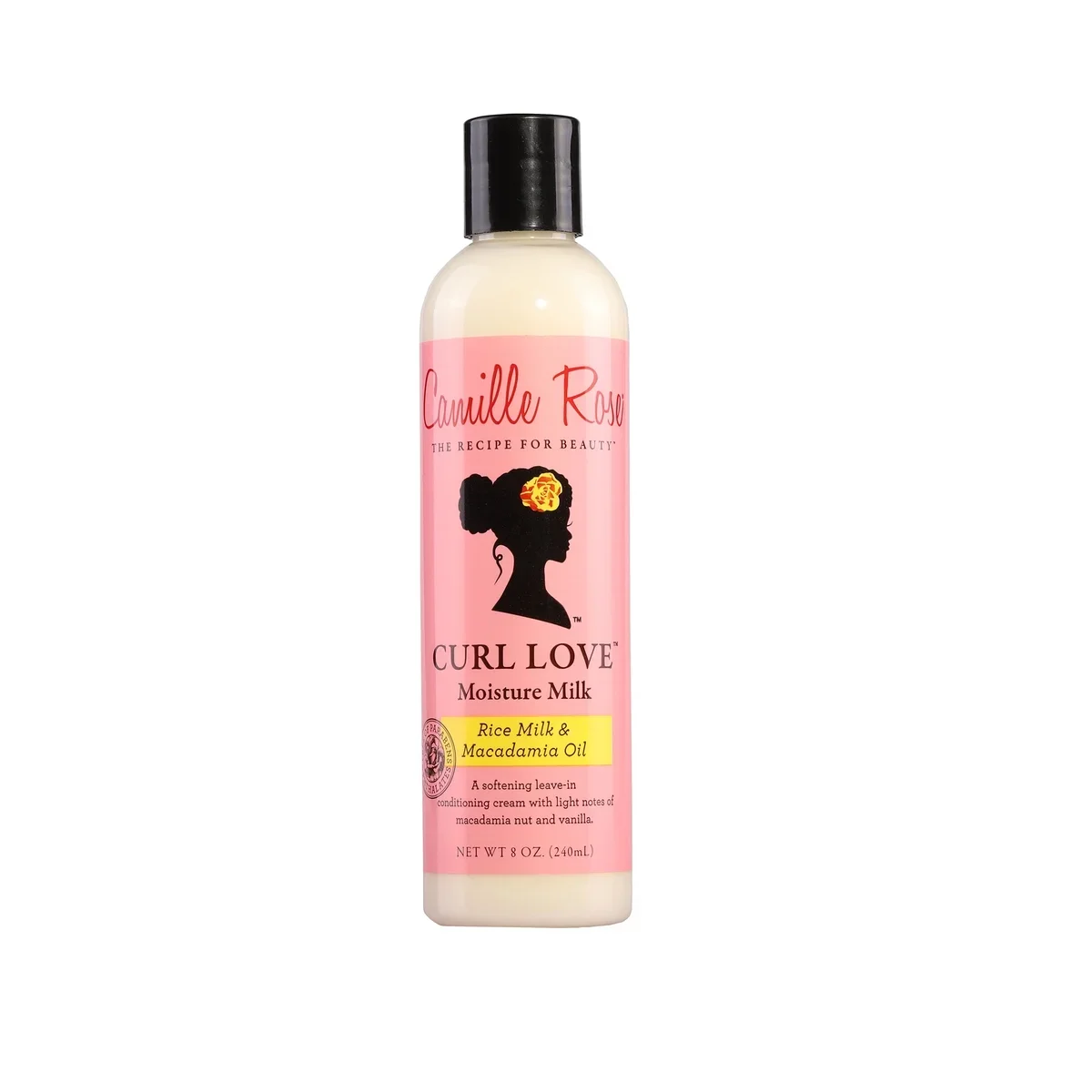
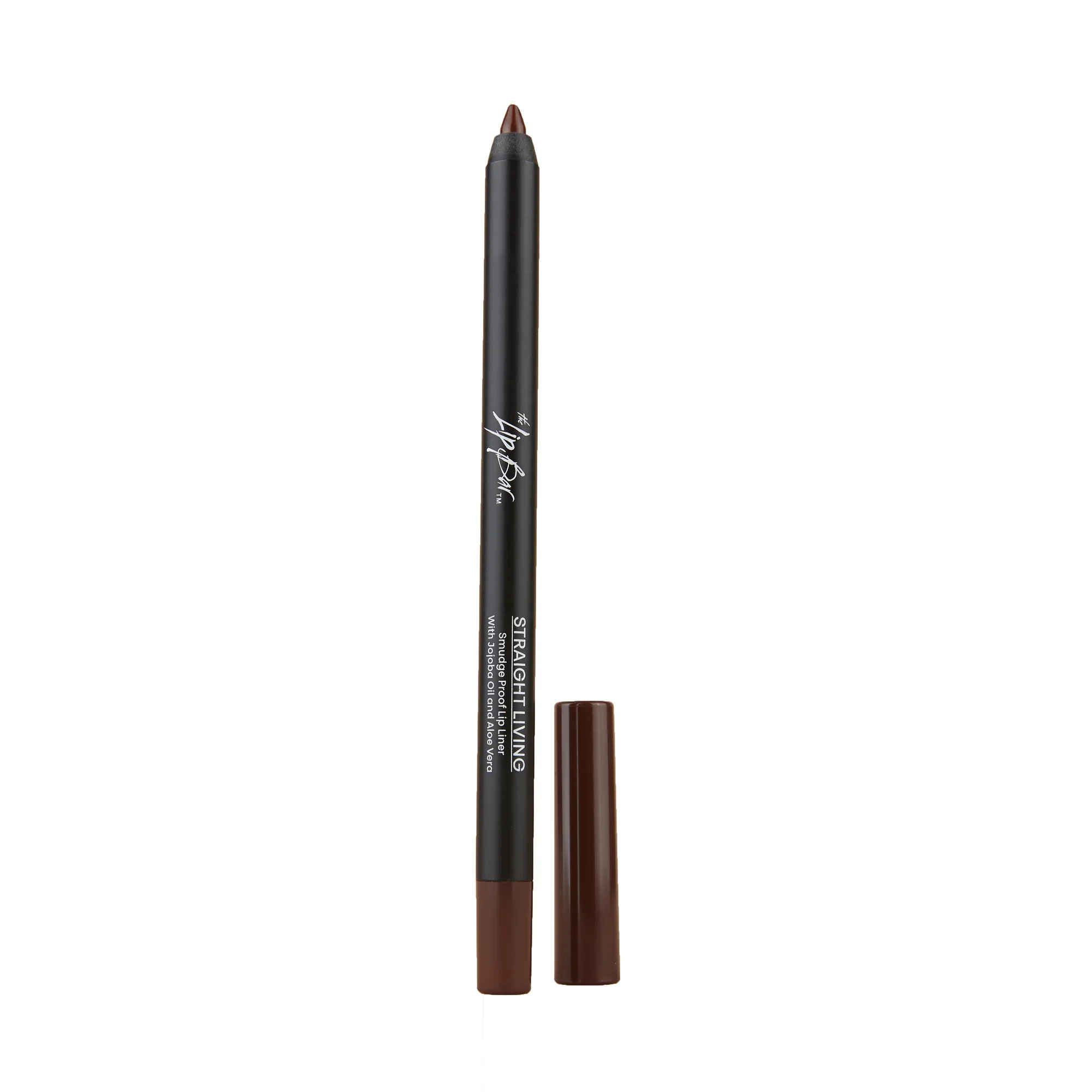
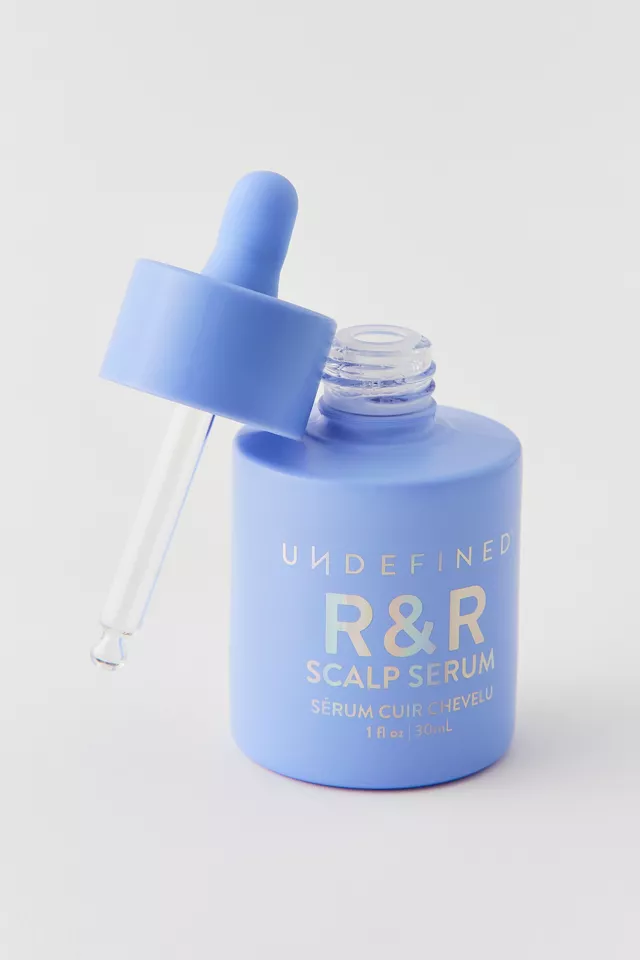
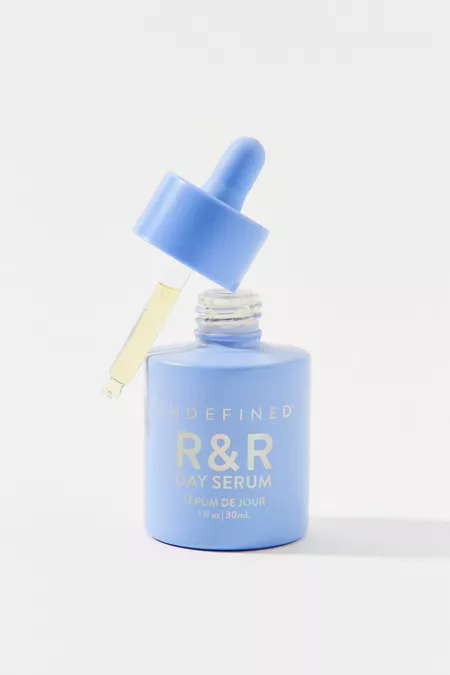
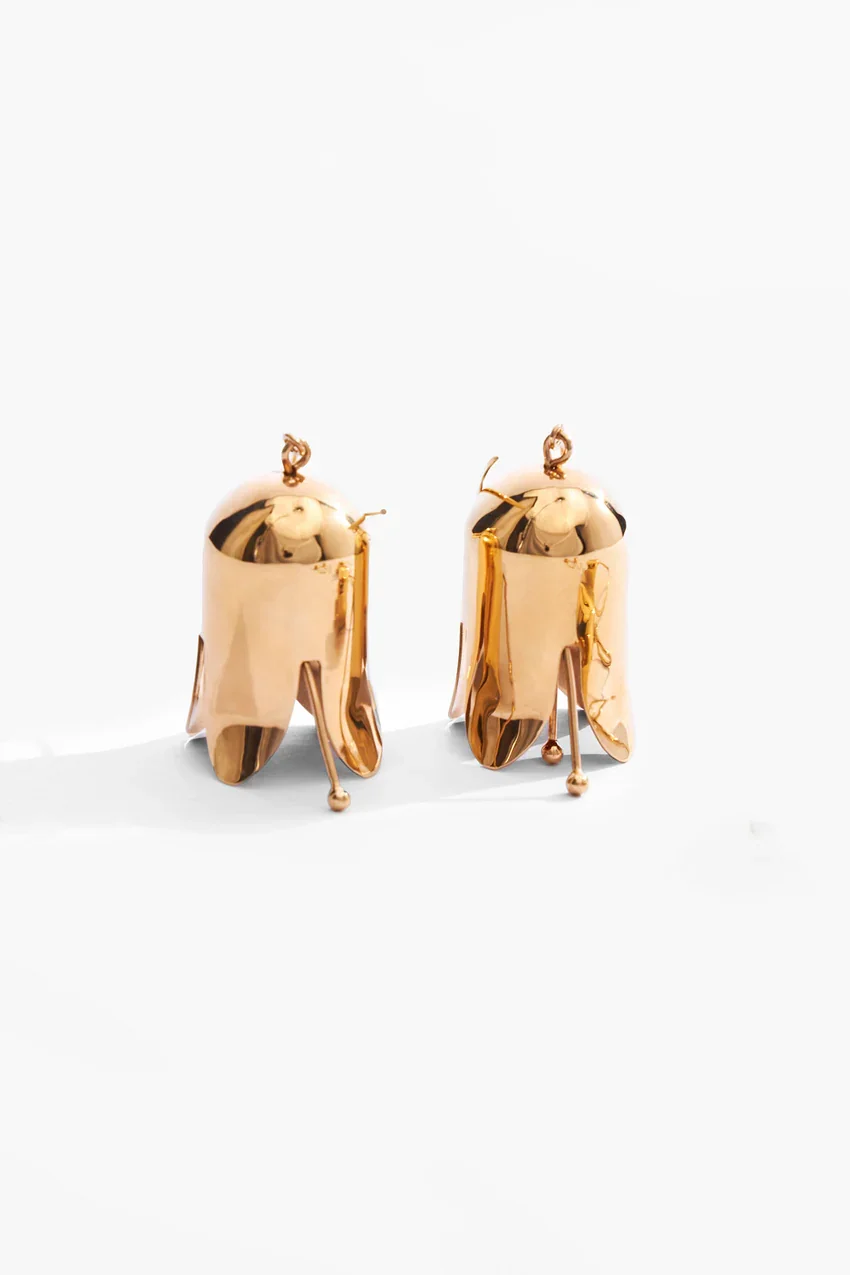
As another season approaches, what do you want to see style-wise and what can we expect from you as a stylist?
I look at how I approach each season like I do as an athlete. You can’t come in at the same level you were going at last year. In the offseason, it’s a lot about defining and refining your process, doing your research and [building your] network. How can the networking that I did in the offseason elevate my players? I want to be good for them, and I want it to be as stress-free of a process as possible for them. I already joke that the tunnel is a fashion runway, but I think the girls are coming, okay? Especially those rookies, like Rickea Jackson and Angel Reese. I’m excited to see the levels and where people are taking it. You’re seeing more high-end designers in the tunnels; you’re seeing a little bit of everything now.
The beautiful thing about the WNBA tunnel compared to other tunnels is the variety and the range you get to see. I’m excited just to see how you know, publications and media continue to cover the fashion aspect. You see it all the time on the men’s side, and I think it’s finally picking up on the woman’s side. [With regards to] the business aspect of the WNBA, with a new media deal, more coverage, record viewership, and record ticket sales, I would love to see how that translates for years to come not only for the business but on the fashion side and the personal brand side for these athletes. They deserve it—and it’s definitely a market that’s tapped into now, but there are still so many opportunities. There are so many out there. It’s just like, who’s open to grabbing them?
